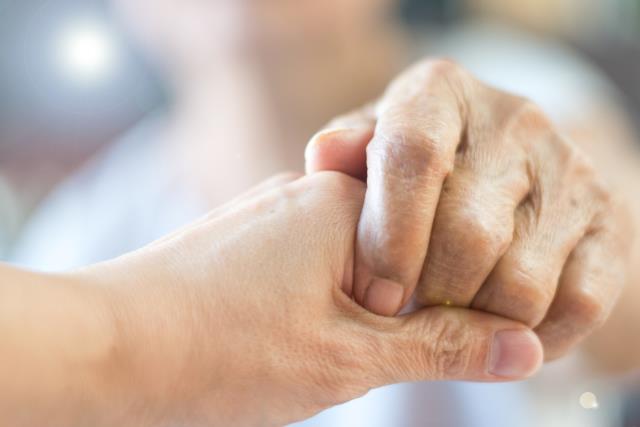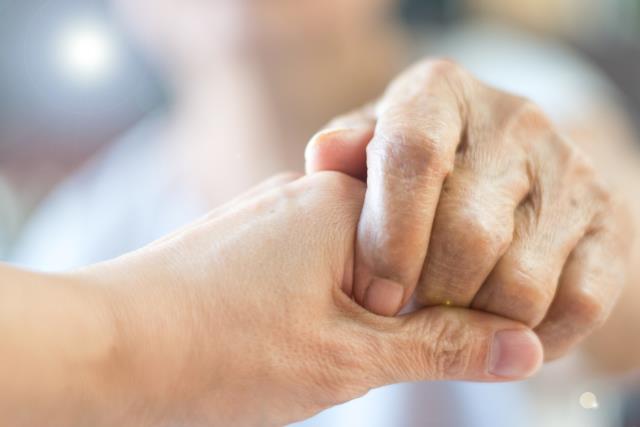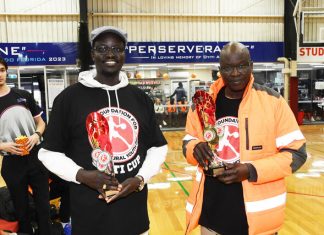Tara Murray
The Stroke Foundation is looking ahead to the future, with improved outcomes for survivors of stroke on top of its wish list.
Chief executive officer Sharon McGowan said with more than 27,400 first time strokes expected in Australia in 2022, there is an opportunity to make lives after stroke better.
In the federal electorate of Gorton more than 168 strokes are expected in 2022. In Caldwell, more than 191 strokes are expected and while in Fraser its estimated more than 150 strokes will occur in 2022.
“We want all Australians to have the opportunity to celebrate the festive season with their loved ones in a happy and healthy way for decades to come,” Ms McGowan said.
“We believe every person impacted by stroke should be enabled to make the best recovery they can, and return to work, study and family life, where possible. Sadly, our data shows many Australians leave hospital after stroke without the tools they need to recover and live well.”
With a federal election next year, the Stroke Foundation is calling on the incoming government to invest $10m in a StrokeConnect Navigator Program to help survivors live well after stroke.
This national program combines Stroke Foundation’s existing inbound StrokeLine telephone support service, and the various outreach initiatives it currently manages in the ACT, New South Wales, and Tasmania, all under one umbrella.
These programs are critical, but resources are already stretched. Collectively the outreach services support 1000 people each year with funding that allows for less than two full time equivalent staff.
StrokeLine receives approximately 3000 approaches each year, which are managed by fewer than three full time staff.
Centralising StrokeConnect will result in the Stroke Foundation providing a consistent service for all Australians and ensuring survivors aren’t left to navigate the complex health system alone.
The $10m investment will fund 10 “stroke navigators” who would provide digital resources and advice, to ensure the right treatment plans are in place after leaving hospital and connect survivors with relevant recovery supports in their community.
It will also cover the cost of upgrading the technology behind the StrokeLine service.
Ms McGowan said combining these critical services into one program will provide a pathway for every survivor of stroke, ensuring nobody feels like they have fallen into a black hole when they are discharged from hospital.
“When survivors transition from hospital to home to continue their recovery, it is often a stressful, overwhelming and confusing time,” Ms McGowan said.
“While they may be making gains in their recovery physically, adjusting to day-to-day life can be difficult.
“It is common to experience anxiety or depression. There is no doubt the past two years have been even more challenging due to the COVID-19 pandemic and the restrictions on accessing face-to-face services and support groups in some states.
“But it does not have to be this way. There is help available for survivors and their carers to help them manage recovery, but you need guidance to know where to look.”









